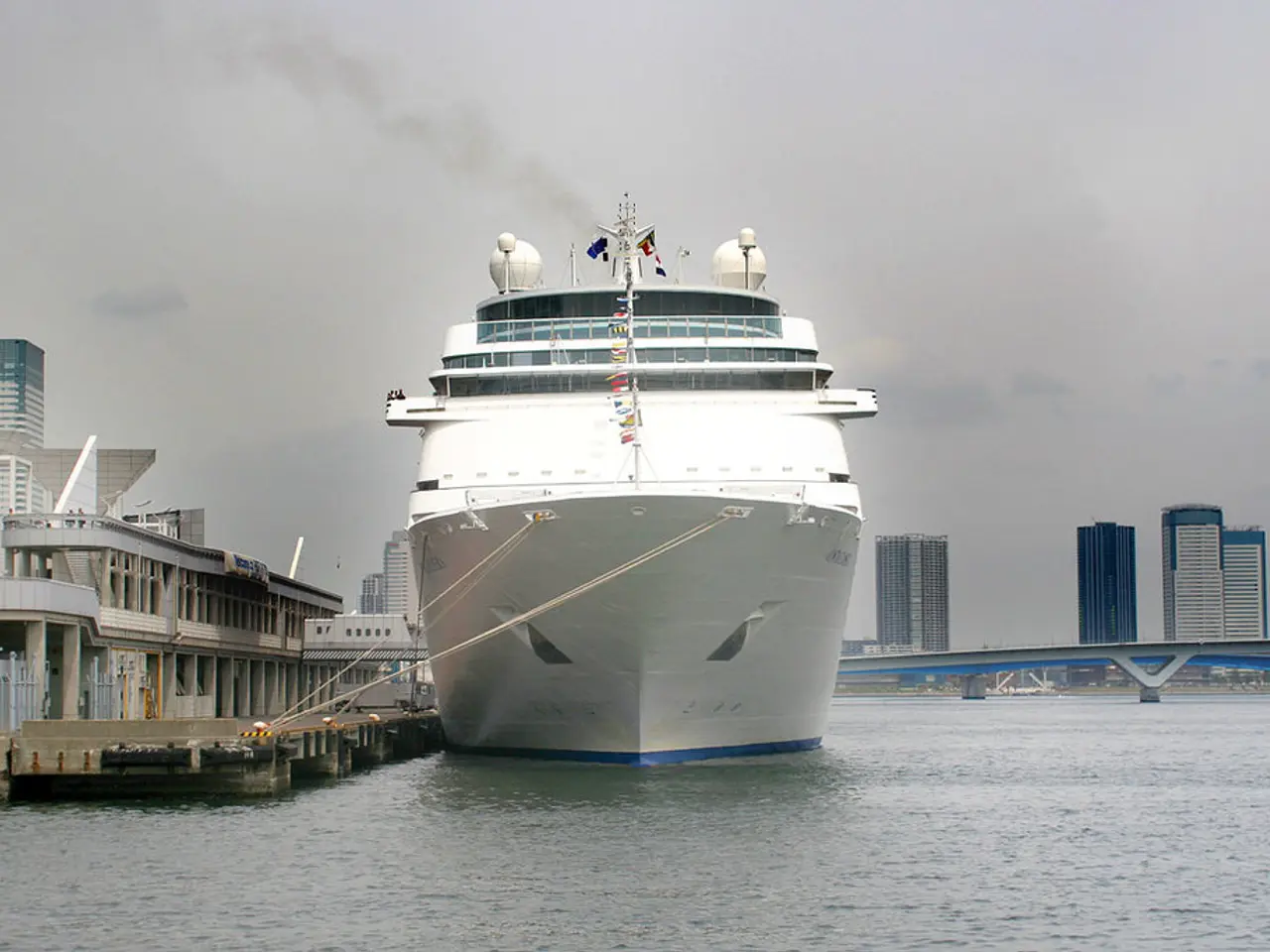UK's Defence Nuclear Sector Thrives, Set to Reach 65,000 Jobs by 2030
The UK's defence nuclear sector is thriving, supporting over 47,000 jobs nationwide and projected to rise to 65,000 by 2030. This growth was marked by a significant event in Barrow-in-Furness, where Defence Secretary John Healey MP led a ceremony at BAE Systems, coinciding with the commissioning of HMS Agamemnon by King Charles III.
The ceremony celebrated the start of construction for HMS King George VI, the final Dreadnought-class submarine. Once complete, the four-boat Dreadnought fleet will replace the Vanguard-class submarines and carry Trident missiles, ensuring the UK's continuous at-sea deterrent. Madelaine McTernan, Chief of Defence Nuclear at the UK Ministry of Defence, oversees this critical program.
Barrow, recognized as the Royal Port, plays a pivotal role in UK submarine construction, employing over 13,500 people, including 1,800 apprentices and 500 graduates. The Dreadnought and Astute class submarines are delivered through collaborative work across the UK submarine enterprise.
The cutting of steel for HMS King George VI signifies the final stage of the Dreadnought-class submarine program. This milestone underscores the UK's commitment to its nuclear deterrent and the importance of the defence nuclear sector to the nation's security and economy.
Read also:
- Tony Hawk's Memorabilia Auction Raises Record $1.2M for Skatepark Project
- Customs Raid in Germany's Hotel Industry Finds 12 Illegally Present Workers
- MIH Consortium Chooses BlackBerry for Next-Gen EV Platform
- Aquatech purchases Koch's Direct Lithium Extraction business, merging Li-ProTM DLE technology into the PEARLTM Technology Platform.







